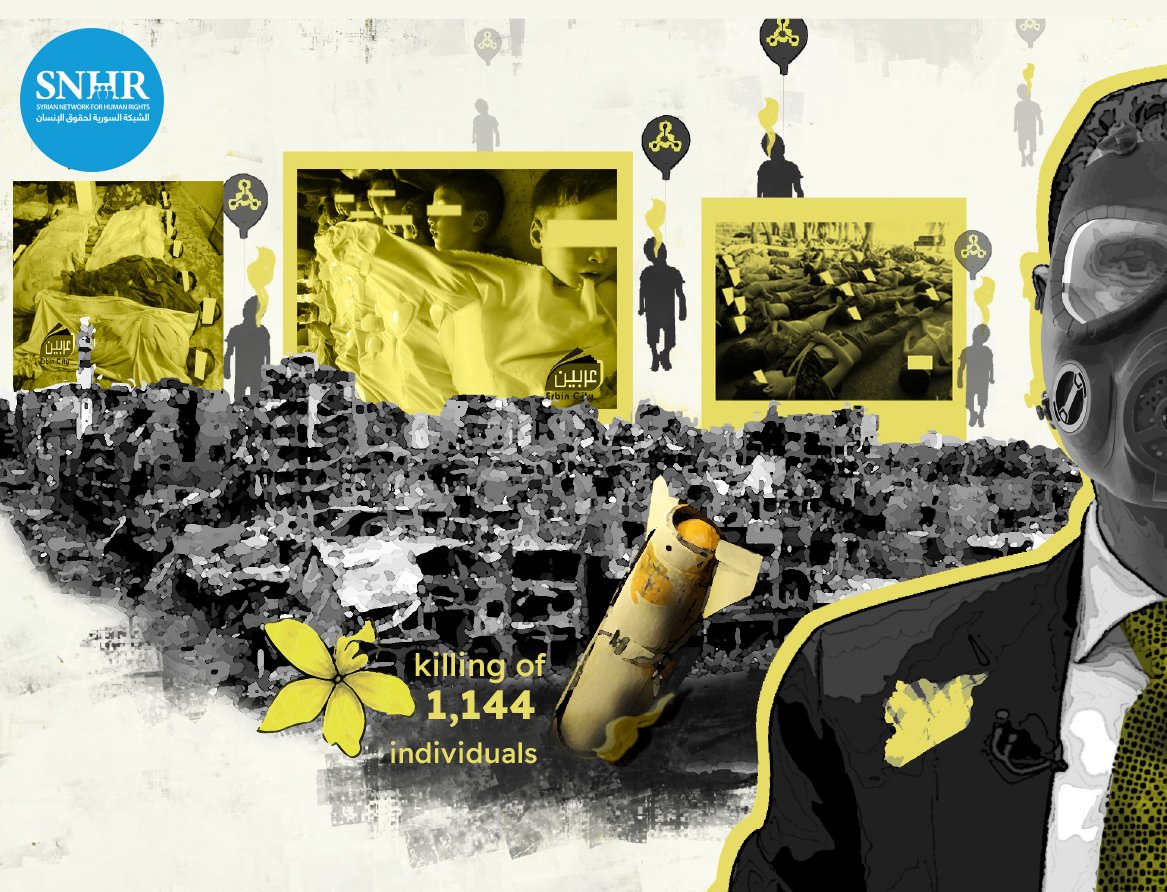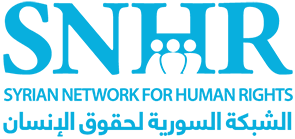A Case Must be Brought Before the ICJ Against the Syrian Regime for Violating the CWC

Languages
Available In
The Hague – Syrian Network for Human Rights:
August 21, 2024, marks 11 years since the Syrian regime carried out its most notorious and unconscionable chemical weapons attack against civilians, in the Eastern and Western Ghoutas in Rural Damascus on August 21, 2013. A profound and pervasive sense of grief and mourning overcomes the Syrian people at this time every year, as we are reminded by the terrible memories and images of the victims and their suffering, and the unimaginable panic and terror these barbaric attacks created. The ghastly scent of death remains horribly fresh in our memories to this day. Even though more than a decade has passed since that terrible day, time has not eased the horrific memories of that monstrous and barbaric attack. Many of the survivors, especially those who were children at the time, continue to suffer the agonizing consequences in pain and trauma, all of which are made even more horrendous and heartbreaking by the fact that, despite the passage of so many years, the Syrian regime’s leadership and others involved have still not been held accountable in any way for perpetrating such unimaginable evil.
What happened on August 21, 2013?
On the night of Wednesday, August 21, 2013, the Syrian regime carried out roughly four separate attacks using chemical weapons against densely populated areas in the Eastern Ghouta and Western Ghouta (including Mu’adamiyet Al Sham town) of Rural Damascus. In these coordinated attacks, the regime used 10 rockets loaded with lethal poison gases; with each rocket having an estimated capacity of 20 liters, this means the 10 rockets carried a total deadly payload of 200 liters. The rockets, all loaded with large quantities of internationally outlawed Sarin gas, were fired using a rocket launcher after midnight as the civilians targeted were sleeping. Both factors signal that the Syrian regime had a premeditated and deliberate objective of killing as many residents as possible, with the calculated aim of silently, fatally gassing them in their sleep, thereby minimizing any chance of survival. Additionally, the weather in the region had been forecast to be relatively cool and calm between 02:00 and 05:00 that night, meaning those responsible knew that due to the stillness of the air, the heavy poisonous gas would naturally drift downwards rather than blowing away and would remain close to the ground, further increasing its lethality and providing an opportunity for the regime to kill and injure as many victims as possible. All of these factors lead us at the Syrian Network for Human Rights (SNHR) to believe that the Syrian regime had conceived a deliberately and meticulously orchestrated plan before that night to exterminate as many of the Syrian people as possible, including women and children, in one coordinated attack, knowing that the only ‘crime’ committed by those targeted was to have called for freedom and for an end to the regime’s despotic hereditary rule, and to have dared to reject its iron-fisted control and to disobey the orders of its security apparatus.
It is also important to remember that the area of the two Ghoutas was at that time under a crippling siege that had been imposed by the Syrian regime since the end of 2012, which blocked the entry of fuel and medical supplies. The resulting severe shortages of medicine and medical equipment also contributed to the massive casualty numbers from the chemical weapons attack.
All these factors outlined above led to many people being killed or injured. SNHR documented the killing of 1,144 individuals in that night’s attack, all of whom were asphyxiated by the chemical weapons used. The victims, whose names and personal details we have recorded, are divided into:
- 1,119 civilians, including 99 children and 194 women (adult female).
- 25 armed opposition fighters.
We also documented that 5,935 survivors of these unspeakable attacks suffered severe respiratory problems and suffocation.
The death toll from the Two Ghoutas attack accounts for 76 percent of all the victims killed in the chemical weapons attacks carried out by the Syrian regime between December 2012 and the last documented chemical weapons attack on SNHR’s database, which took place in May 2019 in al-Kbeina in rural Latakia.


